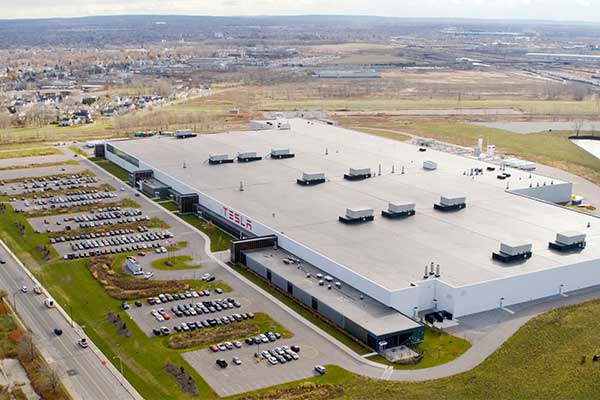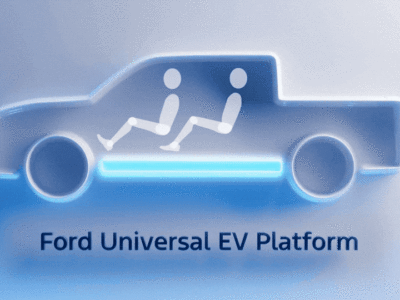Tesla and Panasonic are ending their partnership to manufacture solar cells at Buffalo’s Gigafactory 2.
While both parties will still work together to make electric vehicle batteries at the plant, they agree that solar cell output there is unlikely to increase, and they no longer see a need to continue joint production.
The Partnership
Panasonic and Tesla announced their solar energy partnership in 2016.
Under the partnership, Panasonic committed to paying for part of the equipment at the plant in Buffalo, New York. They began producing solar cells there in 2017.
Tesla’s long-term purchase commitment from Panasonic was also part of the deal.
Why It Didn’t Work
Tesla’s energy revenue declined by over $24 million last year, after several rounds of layoffs that started in 2018.
Competition from cheaper Chinese manufacturing of solar components has posed a problem for Panasonic as it strives to reposition itself for future growth.
Low demand from Tesla hasn’t helped—as this left Panasonic sending most cells from the plant to overseas clients, instead of selling them to Tesla.
What Comes Next!
This move may leave Tesla with a hefty $41.2 million penalty bill from the state of New York.
The state had previously given Tesla $959 million in taxpayer money to build the factory, and to cover some equipment purchases. There was no incentive between the state and Panasonic.
The money went $209 million over the originally expected budget.
If this move with Panasonic ends up with layoffs, and Tesla fails to have at least 1,460 people employed at the Buffalo plant in April this year, it will have to pay the penalty or get an exemption somehow.














Comments